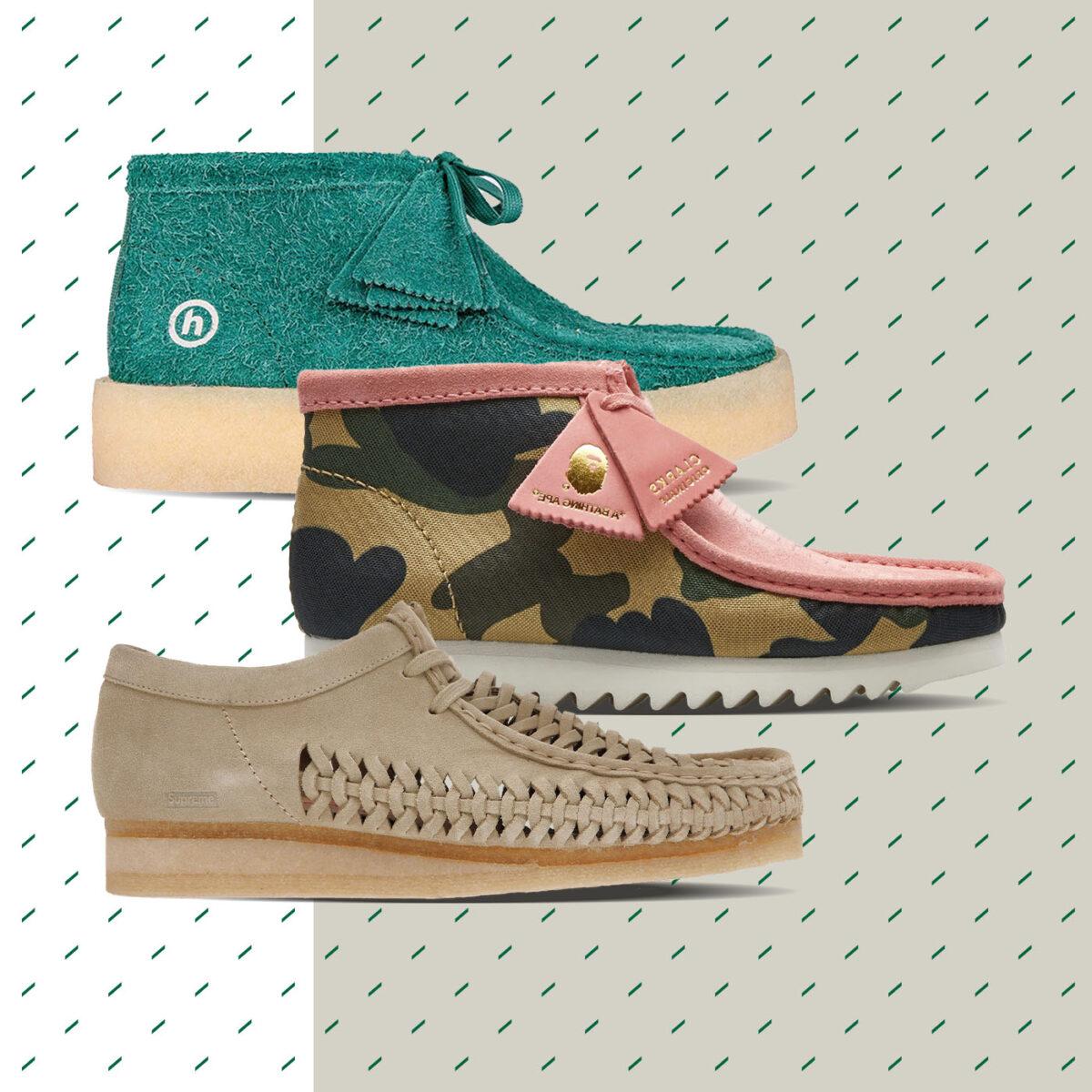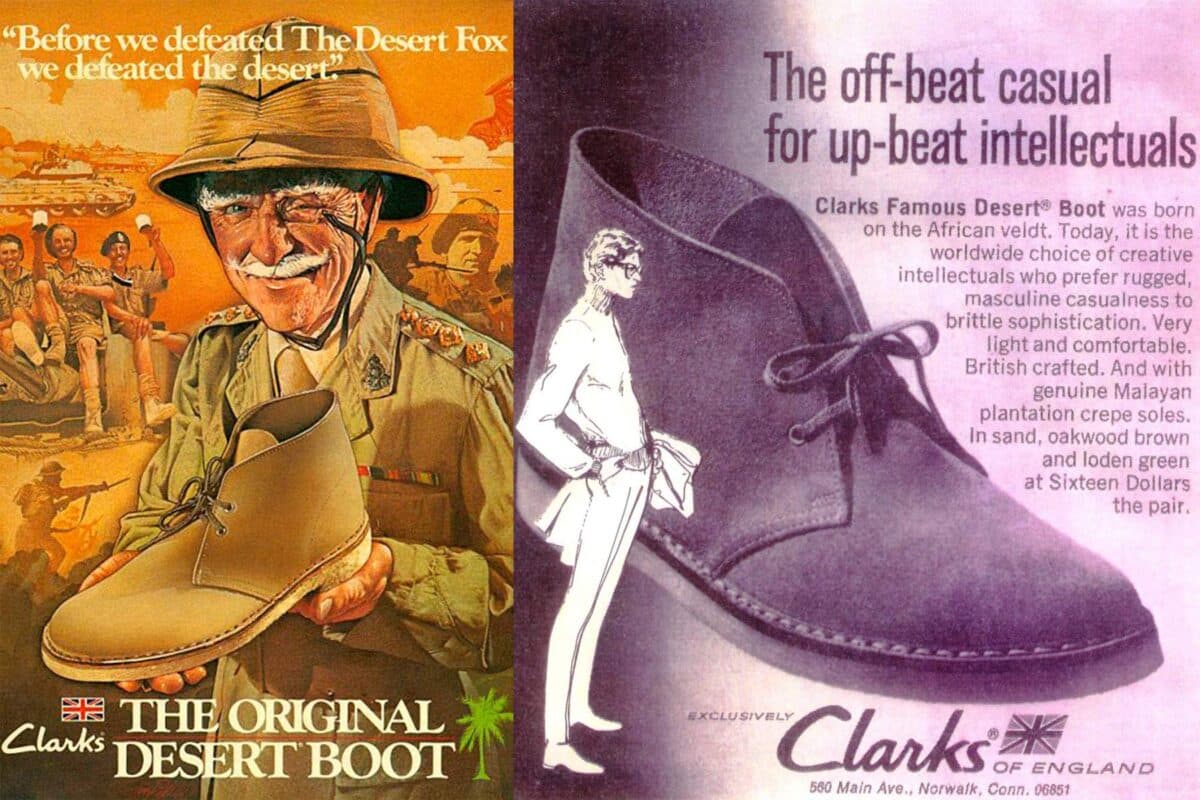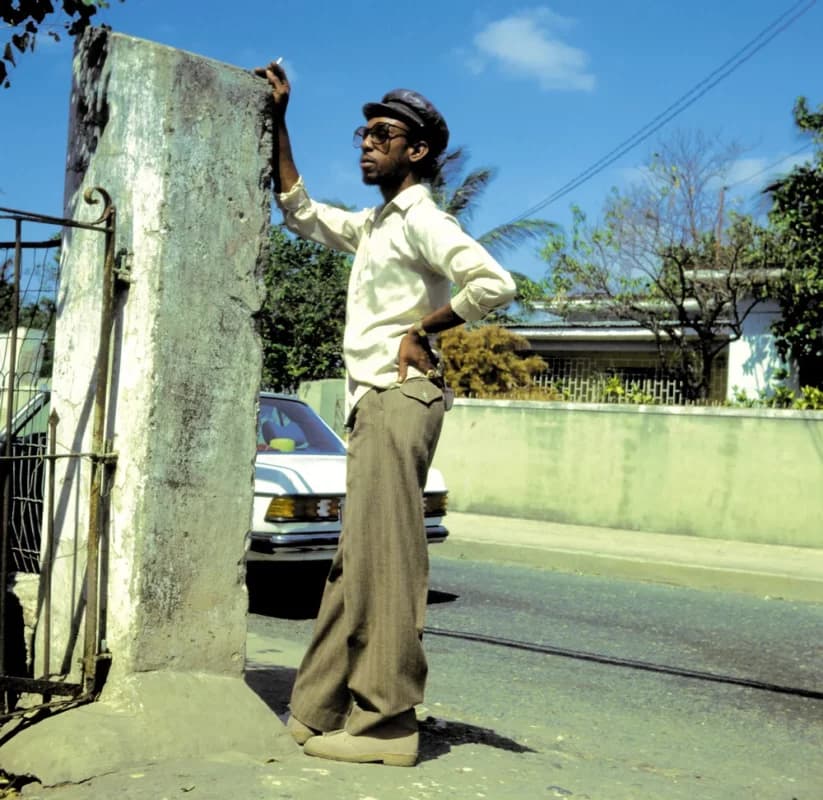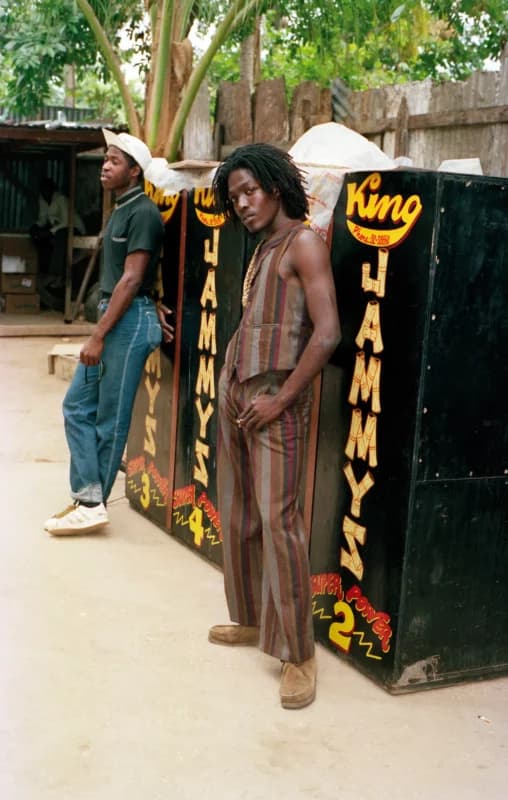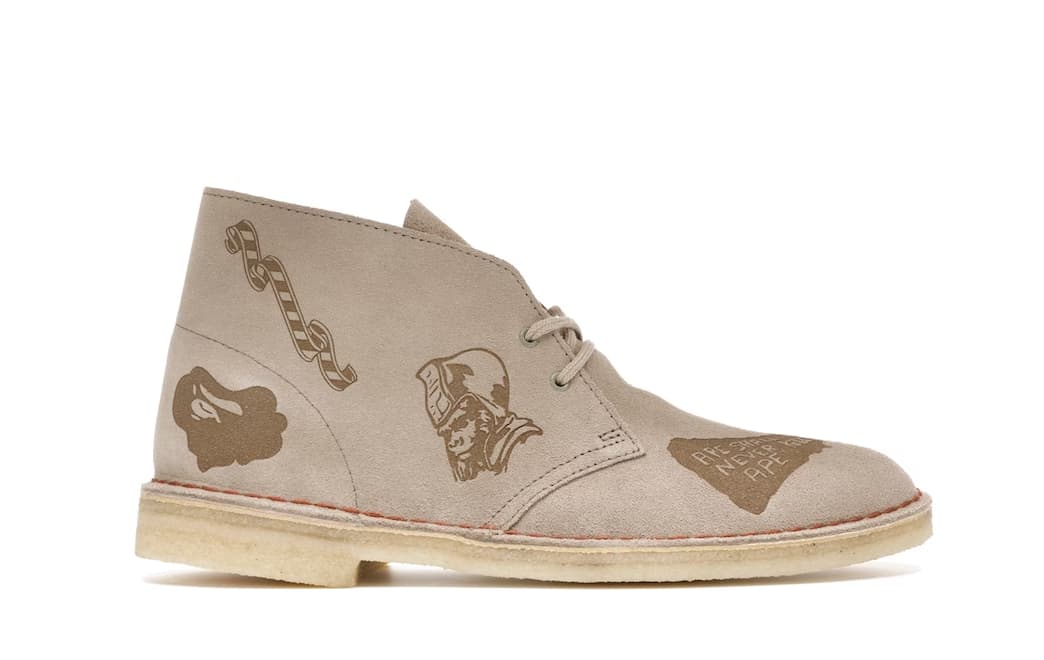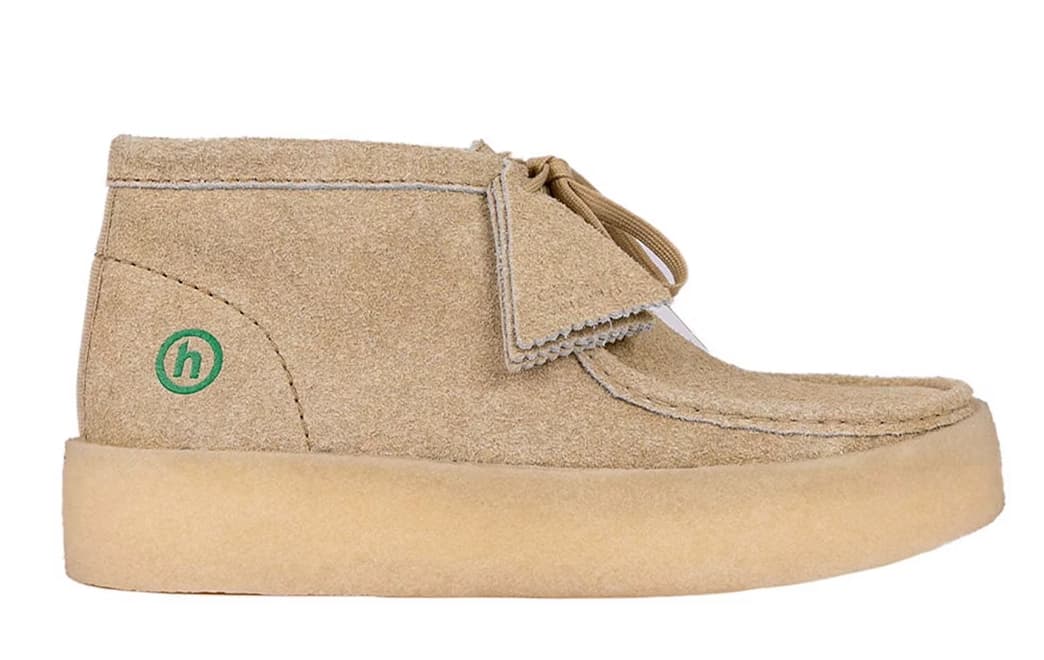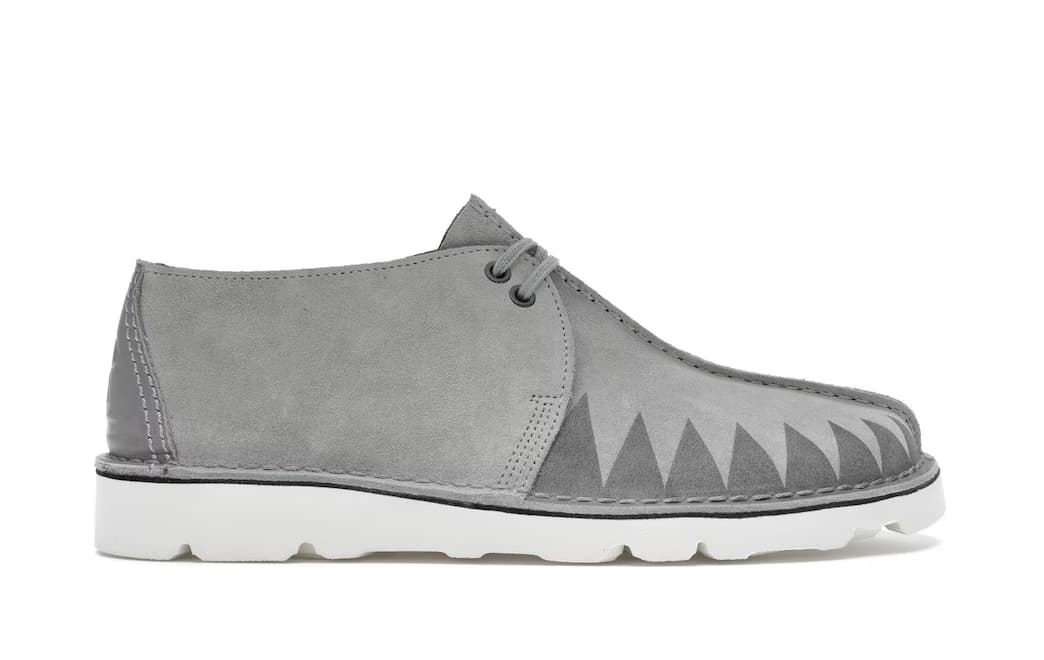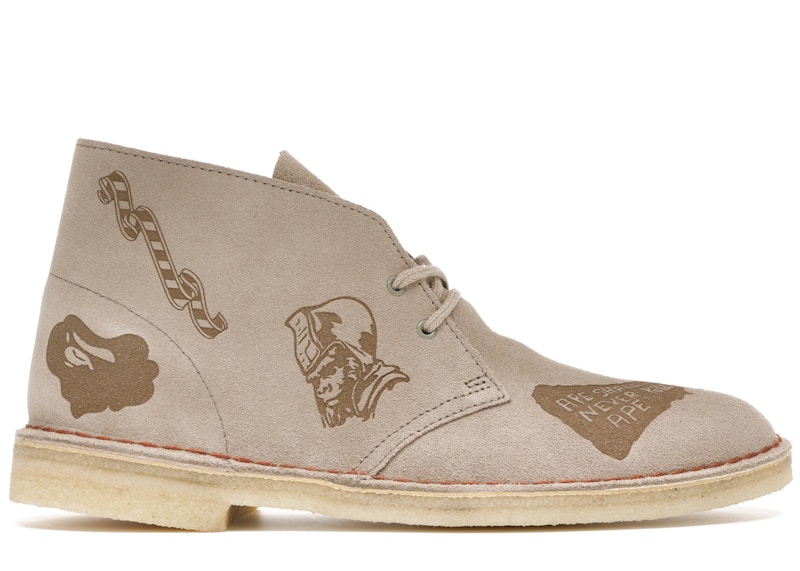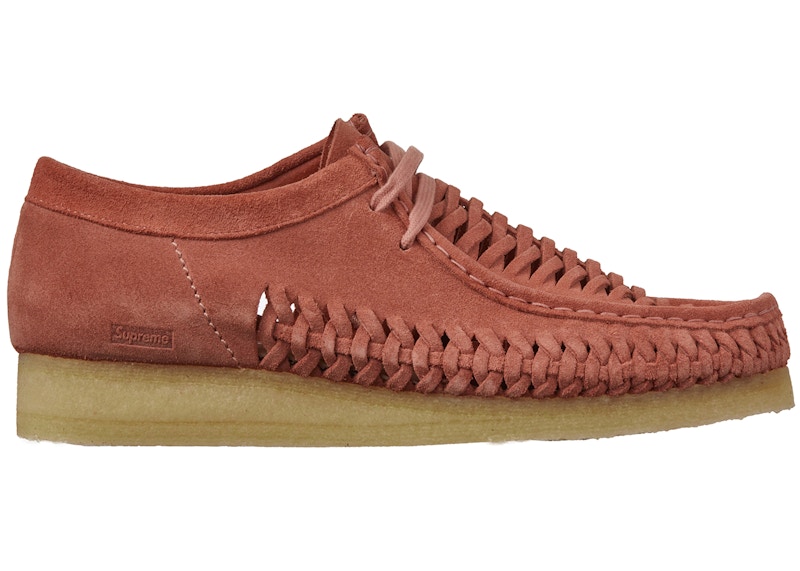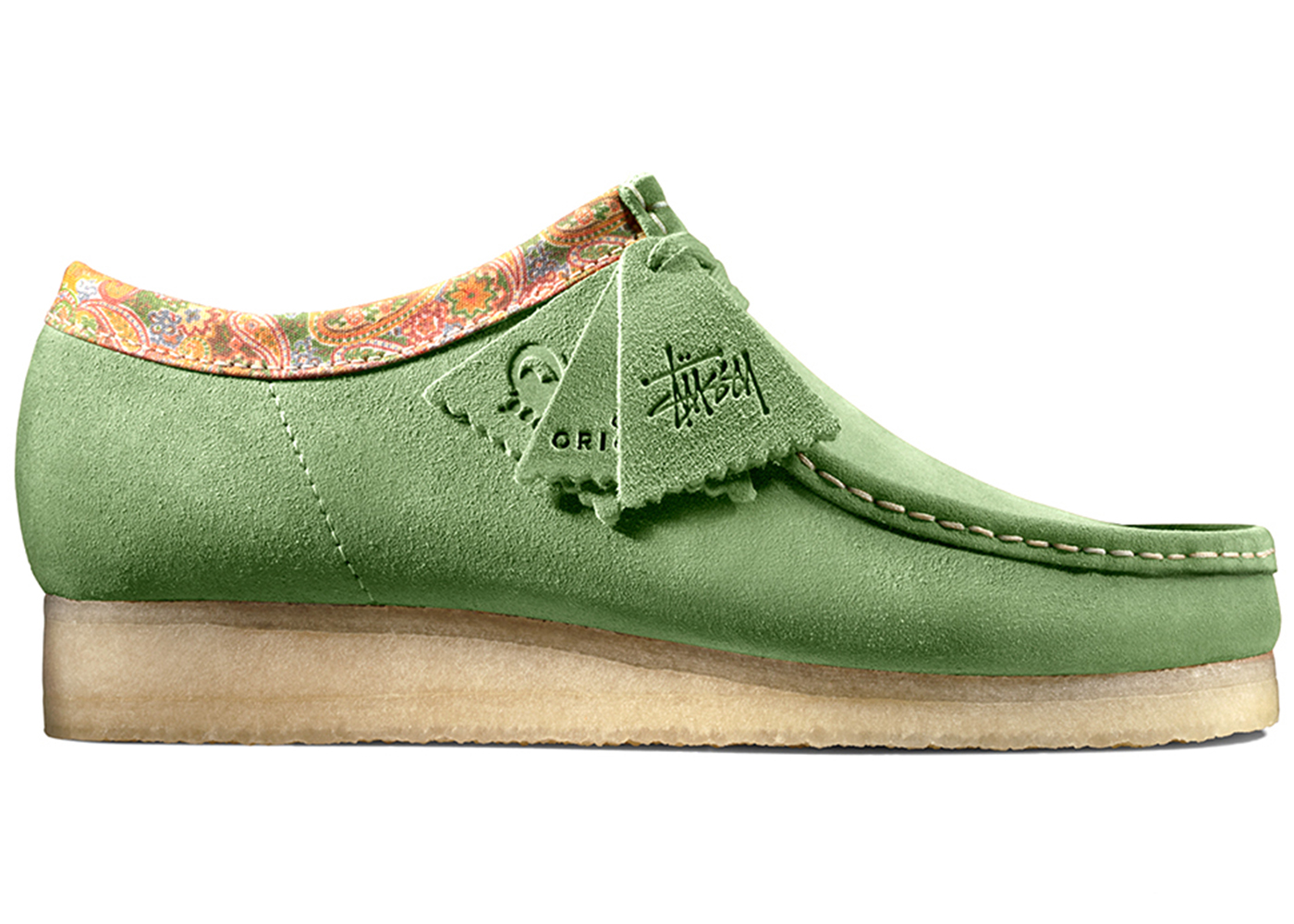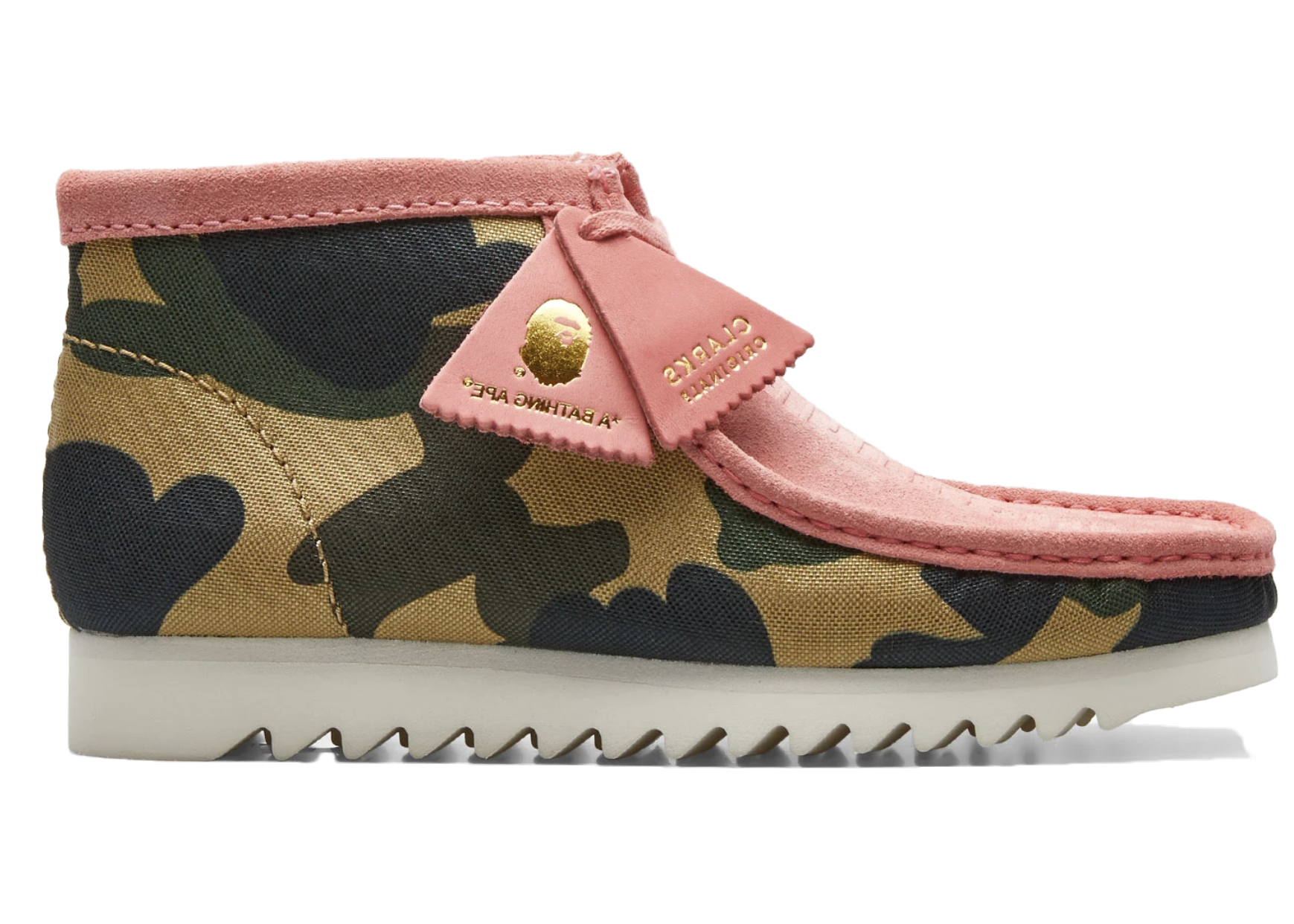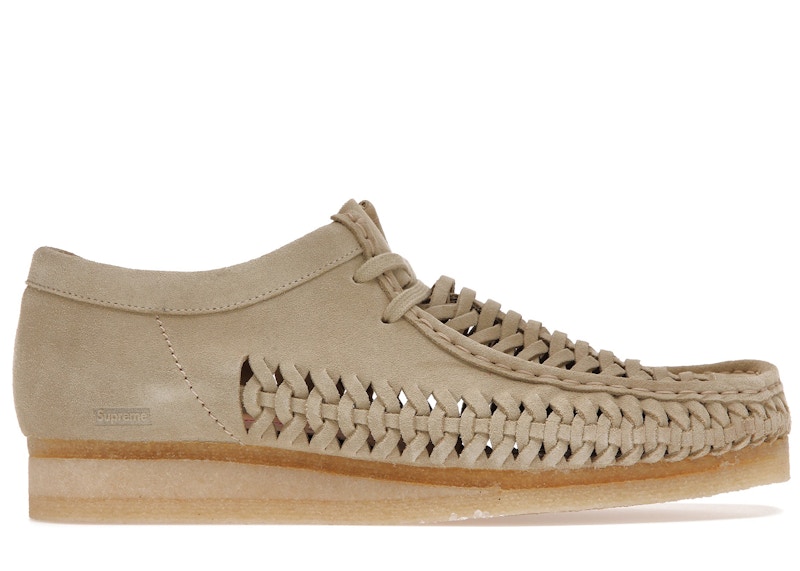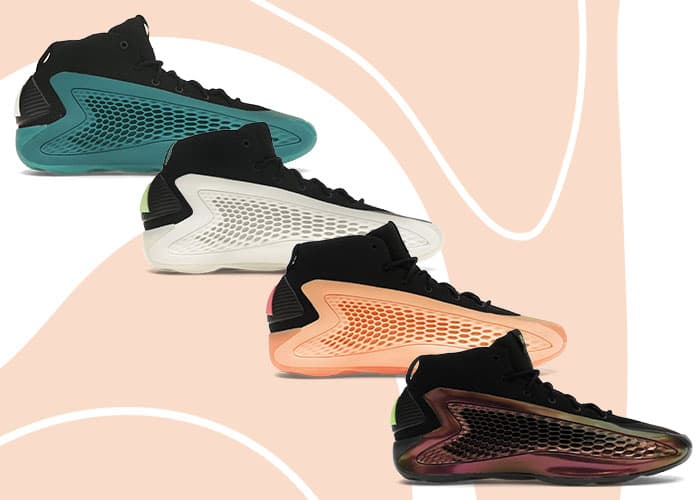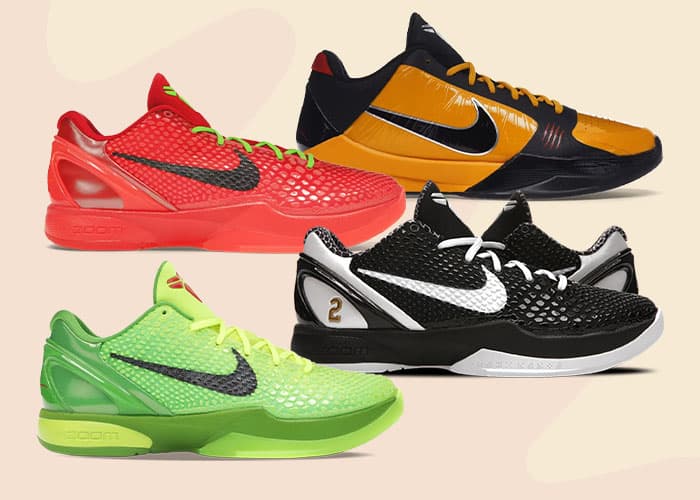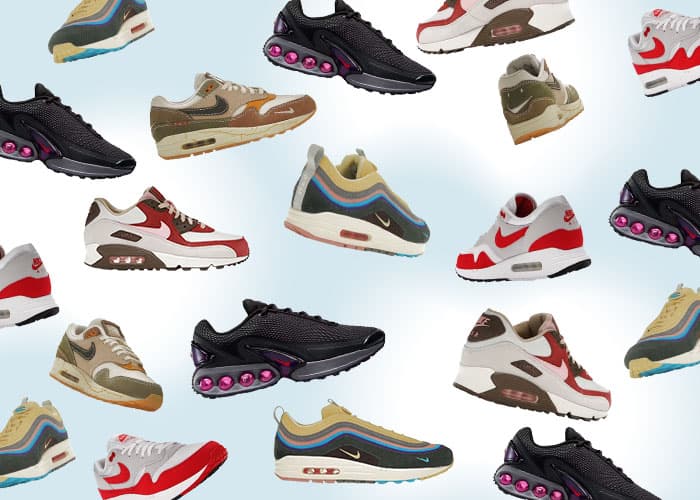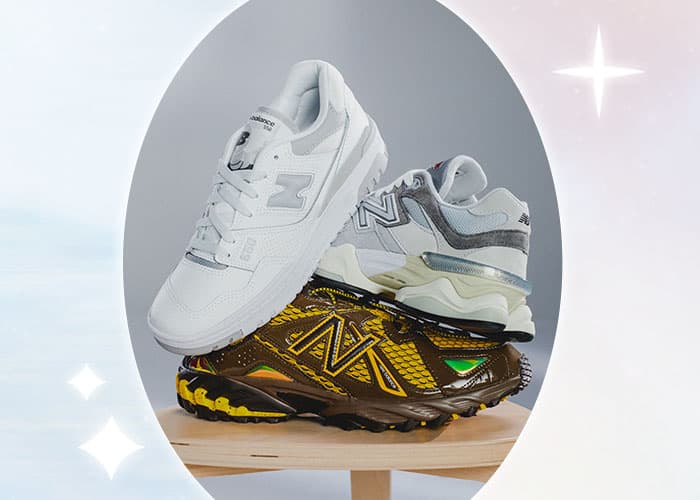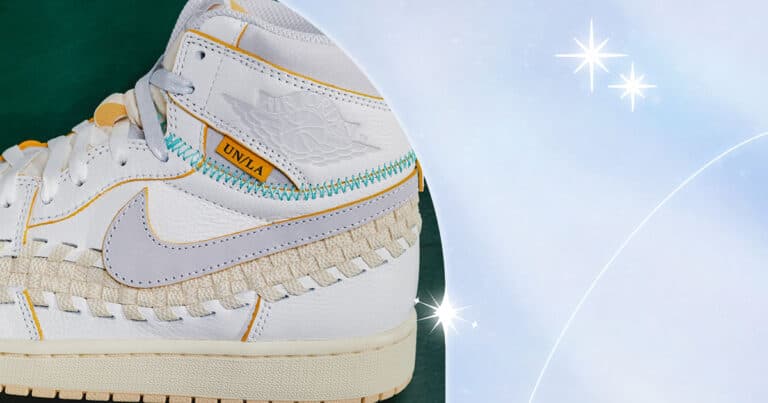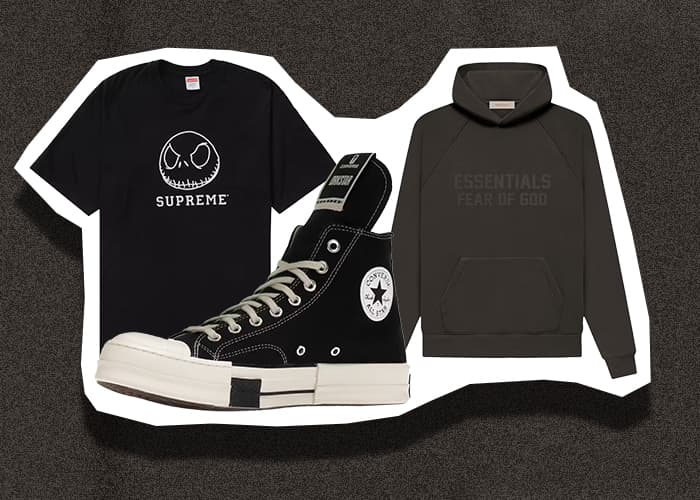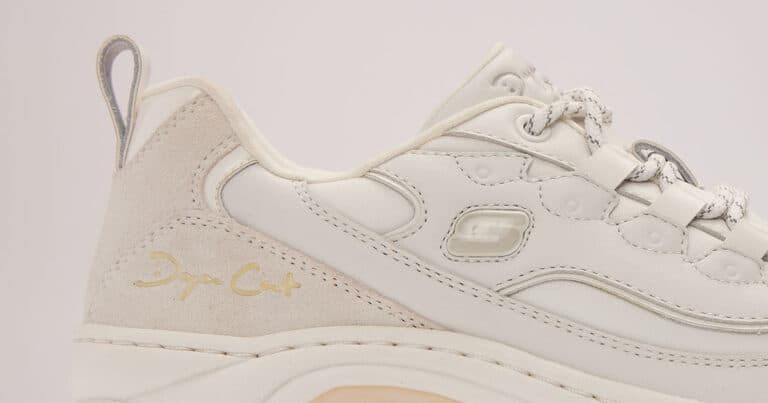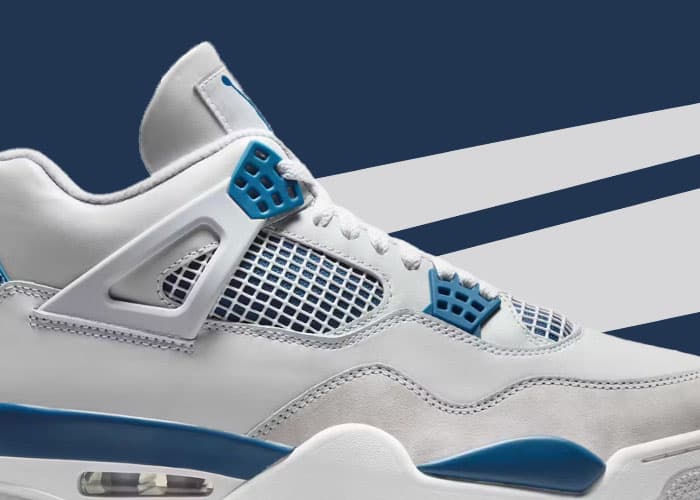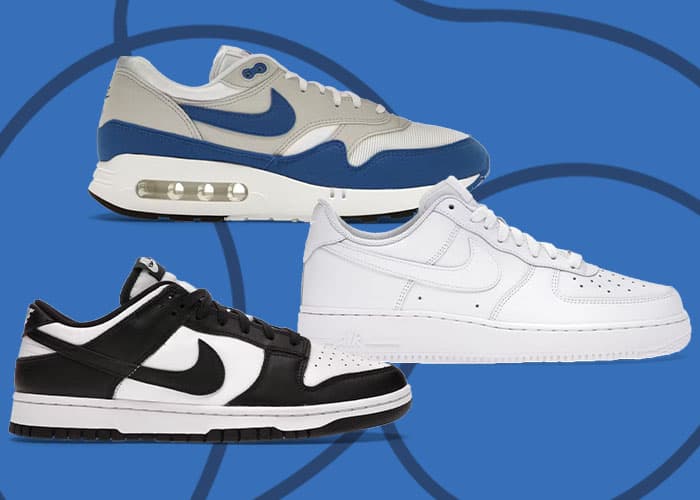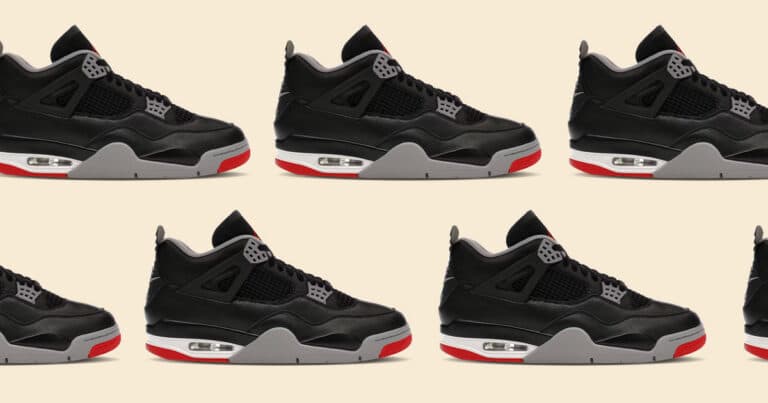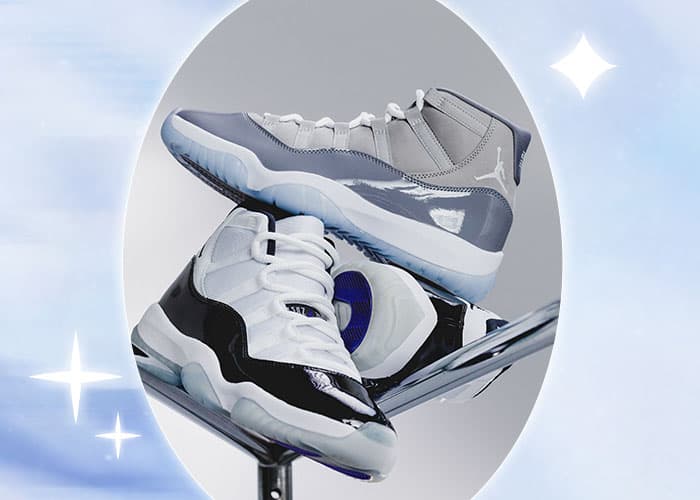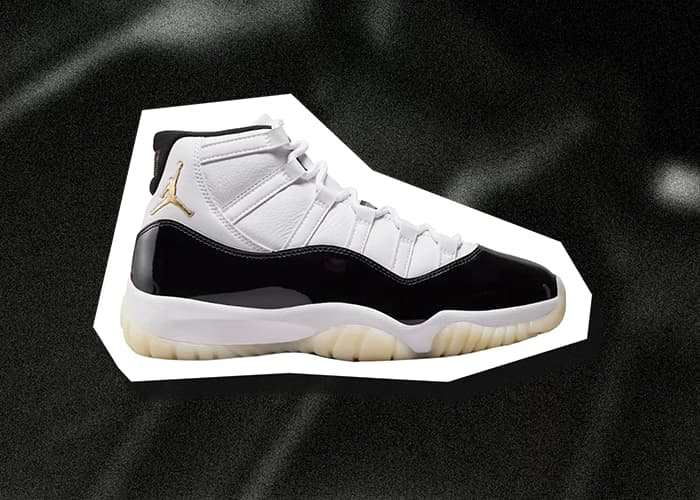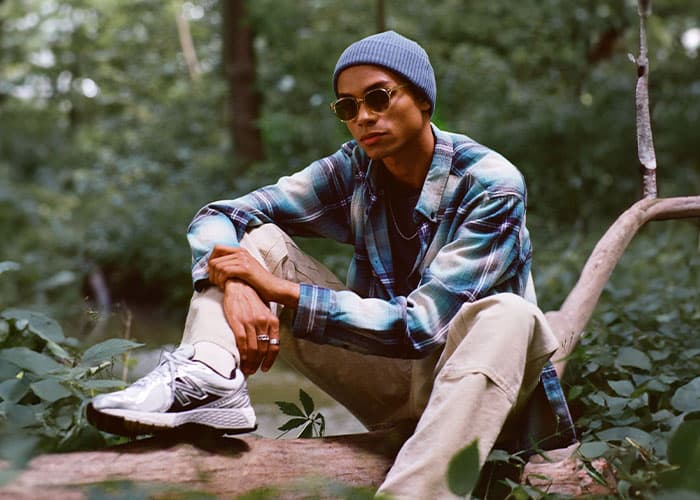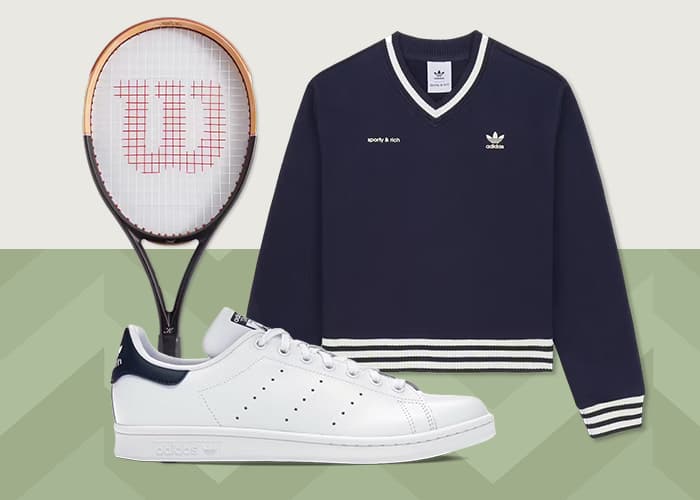Clarks Originals is a brand for hesitant sneakerheads looking to explore other options outside of sneakers… let me explain.
Sure, if you’re a true sneakerhead, your interest in sneakers never dies, regardless of age. But, if you’re someone like me, your passion for the latest sneakers may not boil with the same intensity as it once did. Instead, it just simmers. As your taste begins to shift, you may be one of those people that wants something that is comfortable, looks good, and is versatile enough to be worn both casually and somewhat formally.
Clarks Originals are just the shoes to convert a sneakerhead into a casual footwear lover. As a brand adjacent to sneaker culture, some of the same brands that work with athletic shoes also work with Clarks Originals. Brands like NEIGHBORHOOD, Stüssy, and even Supreme, have all made their mark on the styles such as the Wallabee, Desert Boot, and other notable models from Clarks, adding to their hype appeal and longevity within the shoe space. For those looking to add something to their sneaker rotation that isn’t a sneaker, or if you’re feeling skeptical about taking the leap into what’s outside of the sneaker space, follow this Buyer’s Guide to learn more about the history of Clarks shoes and which model may be right for you.
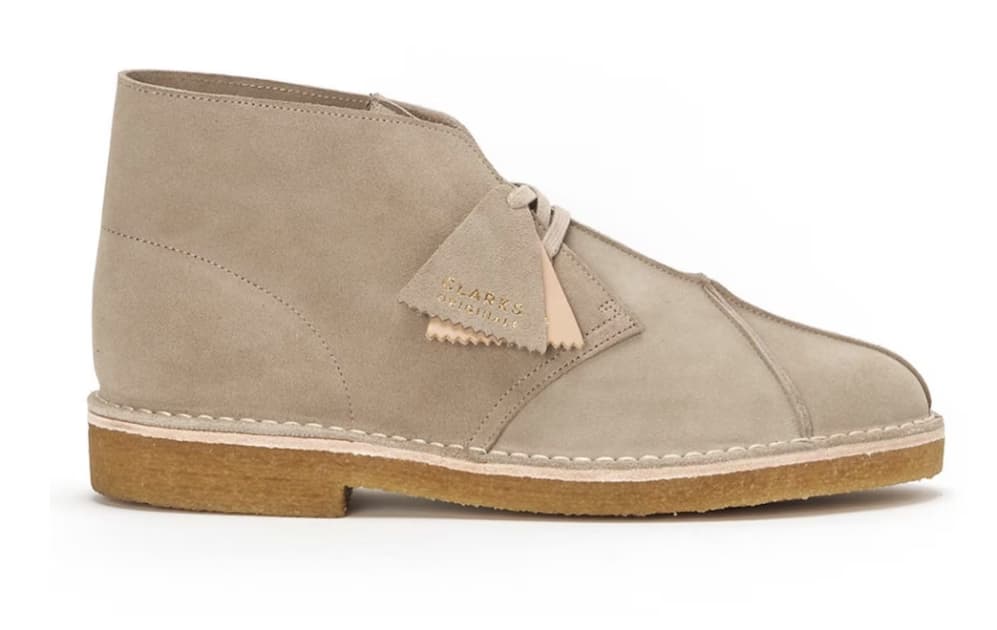
Clarks Originals’ History
The Clarks Desert Boot helped launch the Clarks Originals brand as we know it today. The story of the Desert Boot begins in World War II when Nathan Clark, founder of the Clarks footwear brand, noticed that soldiers who had served in North Africa were issued ankle-height suede footwear which looked like what Dutch Voortrekkers wore – later to be known as the ‘Desert boot’. This observation inspired him and after his travels abroad he sent home design notes for production on these now iconic boots we know today from Clarks Originals’ catalog.
Despite the shoe being extremely popular and culturally relevant today, it may be hard for some to believe that the original public reception of the Desert Boot was lukewarm. It wasn’t until 1946 when Esquire Magazine’s fashion editor Oscar Schoeffler saw the versatile potential of Clarks’ footwear, met Clark at a shoe exhibition in Chicago, and made the Clarks a fashion icon in the US. Schoeffler added the shoe into the renowned publication at the time and gave the necessary shine that the Desert Boot deserved, boosting its awareness internationally.
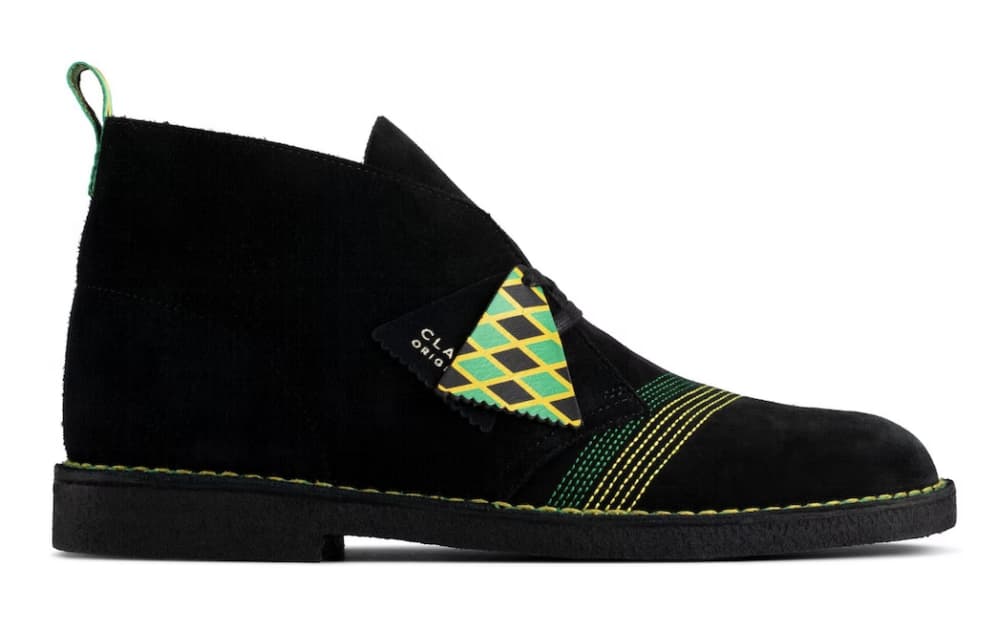
Clarks’ Culture Circles
Clarks has maintained relevance within fashion because of its deep roots within different subcultures around the world throughout the years. When Clarks’ Desert Boot first made its appearance in the 1950s, the shoe was considered a staple for the Beatnik community, a subcultural group that originated in the US that was filled with young, post-war writers and artists. These Beatniks had a swagger to them that was pseudo-preppy, a uniform that consisted of trousers, button-up shirts with rolled-up sleeves. The Clarks Desert Boot was the perfect shoe for this generation because it was unlike anything in the market at the time, and its plush materials of suede and leather gave it that elevated look that Beatniks wanted to emulate.
While the Desert Boot was taking off in the US, Clarks was also establishing an organic relationship within Jamaica. During the 50s and 60s, when the shoes were still building up within the mainstream, Jamaica was under British rule, making the UK’s influence and sway within Jamaican culture extremely impactful. Because of their connection to the UK, Jamaicans saw Clarks as a connection to the UK upper-class. In an article from Vogue around the Desert Boot’s connection to Jamaica, “the Desert Boot’s particular cocktail of dapper British gentility and commando roughness had made Clarks irresistible to the rudeboys of Kingston.” They looked to Clarks shoes, such as the Desert Boot, Wallabees, and Desert Trek, as providing a taste of sophistication. From there, news of Jamaica’s love for Clarks started to spread outside of the island as Jamaica’s reggae music became more popular internationally and artists were seen wearing the brand on their album covers.
Today, Clarks continues to be a mainstay within Jamaica and even though the beatnik subcultural group isn’t as prevalent as it once was, Clarks has found a way to be a classic shoe worn throughout the US and around the world thanks to these two cultural movements.
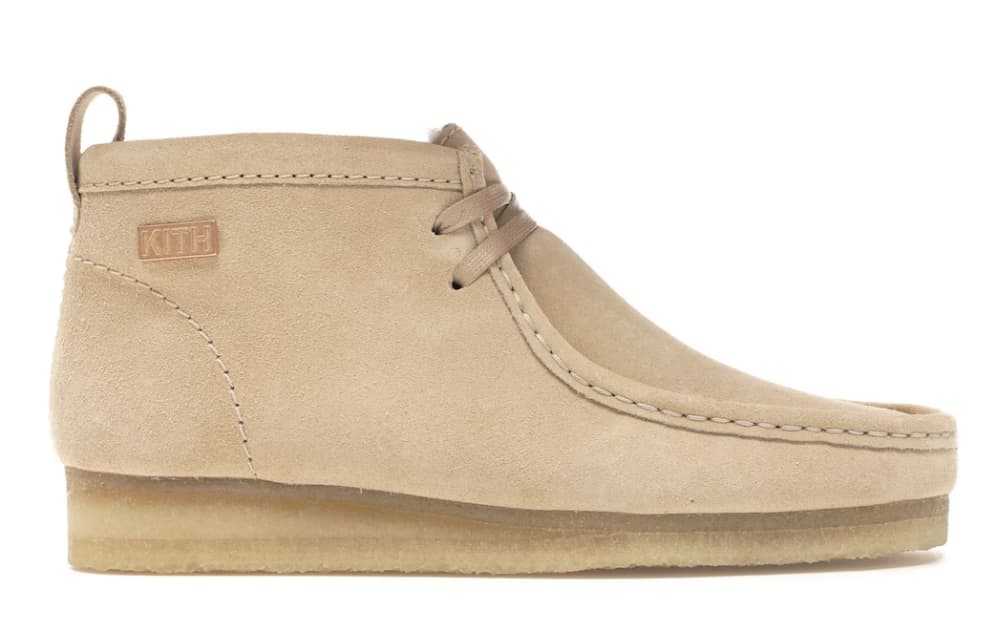
Why Are Clarks Shoes Popular?
When the brand first started almost a century ago, Clarks weren’t as popular as they are today. In fact, the reception to the shoes when they launched in the UK in the 40s was lackluster. It wasn’t until the shoe’s mention in a 1949 Esquire Magazine article by fashion editor Oscar Schoeffler that the Desert Boot started receiving the recognition it deserves, especially within the US.
Originally, the shoe was appreciated for its sophisticated and unique look. Today, the shoes still hold those same values but have also been embraced within pop culture and streetwear fashion. Brands and entities alike have partnered with the brand on Clarks’ most popular silhouettes, such as Supreme, KITH, and the Wu-Tang Clan.
What Are the Most Popular Clarks?
Currently, Clarks has a wide variety of footwear, with over 200 styles to choose from. The brand has come a long way from their original Desert Boot, even though that model is one of Clarks’ signature silhouettes. Alongside that boot, their Wallabee is another standout that is a frequent canvas for collaborations. Outside of those two, Clarks’ catalog also features Chelsea boots, loafers, sneakers, and even sandals.


